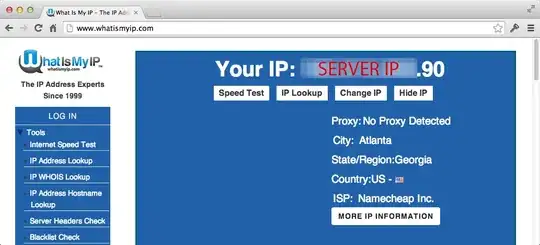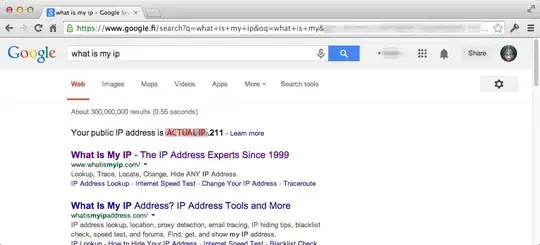I own a dedicated server by namecheap.com running Debian 7.
Since I am currently on vacation in Europe and I'm unable to access some services I need due to geographic limitations I wanted to try and set up a personal Squid3 proxy on the afforementioned dedicated server.
As discussed in this question and this blog post I modified squid.conf as follows:
follow_x_forwarded_for deny all
forwarded_for delete
via off
header_access From deny all
header_access Server deny all
header_access WWW-Authenticate deny all
header_access Link deny all
header_access Cache-Control deny all
header_access Proxy-Connection deny all
header_access X-Cache deny all
header_access X-Cache-Lookup deny all
header_access Via deny all
header_access Forwarded-For deny all
header_access X-Forwarded-For deny all
header_access Pragma deny all
header_access Keep-Alive deny all
The proxy seems to be working correctly and I have my system network settings configured to use it.
When I visit www.whatismyip.com I see my server's IP address, and no proxy dedected as I was hoping:

However when I search 'what is my IP address' in google, I see my actual IP address, not that of My server:

While in the above screenshot I'm logged into google with my personal gmail account, this even occurs when I use an incognito window or another browser such as safari or firefox (both of which have been configured to use the proxy settings, and both of which show the server's IP address when visiting whatismyip.com.
So what is going on here? How is google able to get my actual IP address even when I have squid configured to not use the forwarded for headers?